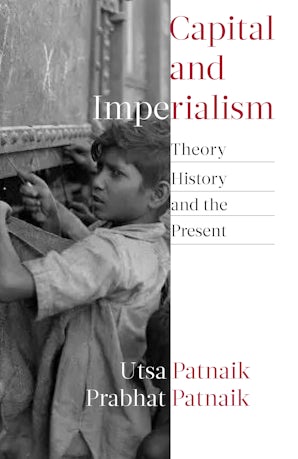Also in this issue
- The New Imperialism of Globalized Monopoly-Finance Capital: An Introduction
- Contemporary Imperialism
- Behind the Veil of Globalization
- Imperialism and the Transformation of Values into Prices
- Imperialism in the Twenty-First Century
- Imperialism and Anti-Imperialism in Africa
- Imperialism's Health Component
- Resisting the Imperial Order and Building an Alternative Future in Medicine and Public Health
- The New Stage of Globalization
- The Creation of the Next Imperialism: The Institutional Architecture
Books by Prabhat Patnaik
Capital and Imperialism
by Utsa Patnaik and Prabhat Patnaik
Article by Prabhat Patnaik
- The Worker-Peasant Alliance in the Transition to Socialism Today
- The Drain of Wealth: Colonialism before the First World War
- Neoliberal Capitalism at a Dead End
- The October Revolution and the Survival of Capitalism
- 'Monopoly Capital' Then and Now
- Capitalism and Its Current Crisis
- Origins of the Food Crisis in India and Developing Countries
- Capitalism in Asia at the End of the Millennium


